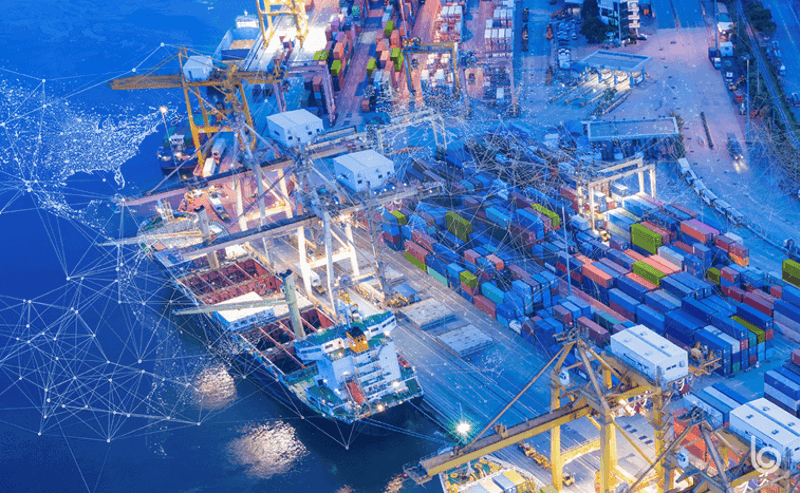The beginning of the supply chain sustainability era, kicked off by Walmart’s then-CEO Lee Scott, is more than 15 years old. While it would be disingenuous to say that nothing has changed in that time regarding the greening of the supply chain, logistics sustainability has only now become a pressing priority, as seen by the recent announcement by more than 50 large companies that they will become carbon-neutral within 20 years. Joining in on the string of green announcements, Airlines for America pledged on March 30 that its member carriers will work toward carbon neutrality by 2050.
But how will these companies achieve such lofty green goals, especially in a supply chain that is still so dependent on fossil fuels? Advancements in fuel technology and an increase in electric vehicles will help, but supply chain technology can help companies reduce carbon emissions from their logistics processes right now. Glenn Jones, GVP of product strategy and marketing for logistics technology provider Blume Global, recently spoke with supply chain influencer Adrian Gonzalez to detail the technologies supply chain firms can implement in the near term to eliminate empty miles, improve asset efficiency and even help shippers and 3PLs measure the carbon impact of their supply chain decisions while they wait for cleaner energy sources and electric cars.
During their conversation, Jones explained that as logistics challenges from the pandemic recede, supply chain sustainability is gaining a renewed focus in the logistics industry.
“Our customers are coming to us and saying, ‘This is a high priority,’” Jones noted. Including CO2 emissions as a key criterion for carrier selection and using logistics technology to reduce or eliminate empty miles are the biggest opportunities to make an immediate difference.
Blume Maps is also helping companies plan for the unexpected, allowing them to reduce emissions by charting out the most expedient route before the shipment starts. Vehicle emissions and empty miles are huge contributors to supply chain emissions. Blume’s domestic reload and the street turns programs reduce the supply chain’s impact on the environment by optimizing freight moves. These solutions are just some of the ways Blume is helping eliminate $1 trillion of waste from the supply chain over the next decade.
Gonzalez noted that many sustainability changes are being driven by younger employees. Jones agreed, saying that sustainability questions are emerging during the hiring process. Potential employees want to make sure they work at an environmentally conscious supply chain technology provider.
Supply chain sustainability isn’t a passing fad, and there’s more mainstream acknowledgment of the costs of doing nothing than ever before. For supply chain companies, it really comes down to partnering with a technology company that has created the solutions that can produce results. Jones knows this is a long-term initiative that really needs to be integrated into the very fabric of each shipper, carrier, 3PL, and other supply chain stakeholder, regardless of mode. If there’s no sustainability buy-in from leadership at these organizations, there can be no real change.
Blume Global wants to be part of the supply chain sustainability discussion at every logistics company, helping supply chain stakeholders make better, greener selections when considering freight transportation options and showing them how to use logistics technology to create a more sustainable supply chain.
Listen to the entire discussion below:
With Blume Maps, shippers and 3PLs can plan, track and adjust multi-modal shipments all over the globe from a single digital operating system. Sign up for a demo to see how Blume Maps can bring agility and sustainability to your supply chain.
contact us
Contact Us

